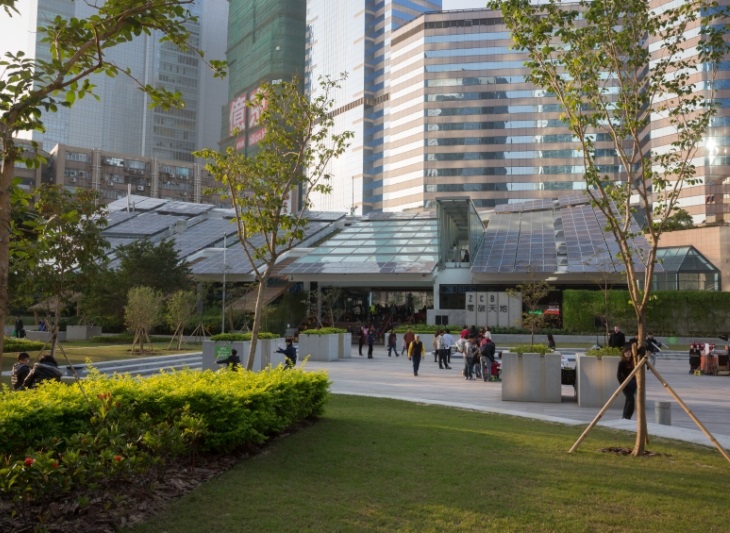APEC-ASEAN laying foundation for green building development

Asia Pacific economies are pursuing greater cooperation on the development of smarter, more consistent approaches for building design and construction to improve energy efficiency and facilitate the trade of associated products in the region.
A three-day joint APEC-Association of Southeast Asian Nations (ASEAN) workshop which concluded on Thursday in Lima helped to lay the groundwork. It brought together officials and stakeholders to share experiences and identify best practices on the development, adoption and implementation of green building codes.
“Peru is currently in the midst of implementing sustainable building policies, a process that has started by reviewing and compiling all related regulation on the matter,” said René Cornejo, Peru’s Minister of Housing, Construction and Sanitation.
“The experiences of other Asia-Pacific economies will serve as valuable lessons and shall be taken into account in the development of studies and green building regulation to be implemented in our economy, especially in social housing promoted by the public building sector, Cornejo added.”
Buildings consume 40 percent of global energy, according to the United Nations Environment Program. Residential and commercial buildings in particular account for 60 percent of all electricity use.
The workshop, supported, in part, by the APEC Technical Assistance and Training Facility and the Peru government, is a component of a multi-year APEC project to boost the capacity of member economies to enhance the performance and energy efficiency of the region’s building sector.
“Resilient growth in the Asia-Pacific and the expansion of urban areas globally are prompting the region’s economies to share information on best practices in code development and provide tools and insights that can inform policy decision-making,” said Teungku Hanafiah, Chair of the APEC Sub-Committee on Standards and Conformance.
“The goal is to help one another build in more economically and environmentally sustainable ways, and work toward aligning policies in the Asia-Pacific to ensure access to the materials needed to do so.”
Focus includes standards and conformity assessment practices that will promote the free flow of trade in certain building products, whose use can reduce greenhouse emissions and improve resource management.
Delegates noted that the evolving standards and conformance landscape for green building increases the complexity of their task, but that their experience-sharing and dialogue in this evolving area is quite constructive. The timing is also consistent with some discussions in the building community about what makes a code “green” and possible measurement approaches.
APEC economies will address green building standardization in more depth when they meet in Medan, Indonesia in June 2013. This will segue into work on specific building products, and testing and rating best practices that can be applied across the region to facilitate trade.
# # #
For more information or to arrange possible interview opportunities, please contact David Hendrickson +65 9137 3886 at [email protected] or Michael Chapnick +65 9647 4847 at [email protected].
Additional details about APEC meetings, events, projects and publications can be found at www.apec.org. You can also follow APEC on Twitter and join us on Facebook.

